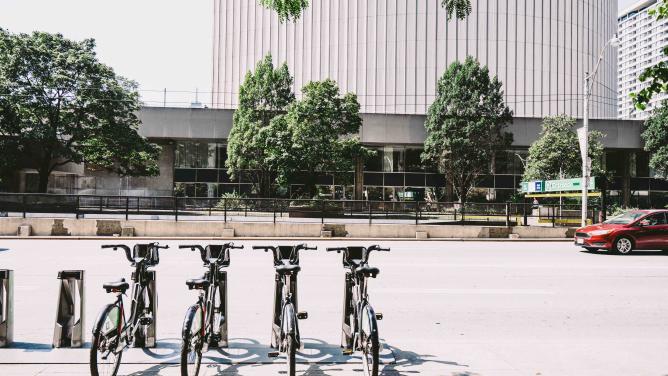While their adoption is already challenging the economic model of traditional actors, the most profound changes are yet to come, with the deployment of the autonomous car. For this reason, public and private actors are already starting to seize the challenge of reinventing the mobility economy.
Mobility Makes Headlines
Whether it is the struggle between Uber and the London transport authorities, the opening of the Assises de la Mobilité conference, or the European mobility week held from September 6th to 22nd, the theme has never been more centre stage. Among the six objectives of the Assises de la Mobilité launched by the French government is the delicate question of the economic model: how can we mobilize balanced funding over the long term and form better links between all of the available options? As yet, it must be said that no model has formally demonstrated its ability to integrate into the polymodal system of new mobilities.
Between Experiments and Disruptions
Experiments are progressing well: since September 1st, the city of Niort has had a free bus network. This initiative was not unanimous, given that the record of similar trials has been relatively mixed. Even if free public transport does not become widespread, the concept of “Mobility as a Service” (MaaS) has the potential to cause real disruption. This is the niche of the Finnish company Whim, whose platform that integrates all available means of urban transport for a single subscription fee is already being referred to as the “Transport Netflix”. Is “all-inclusive” the way ahead?


